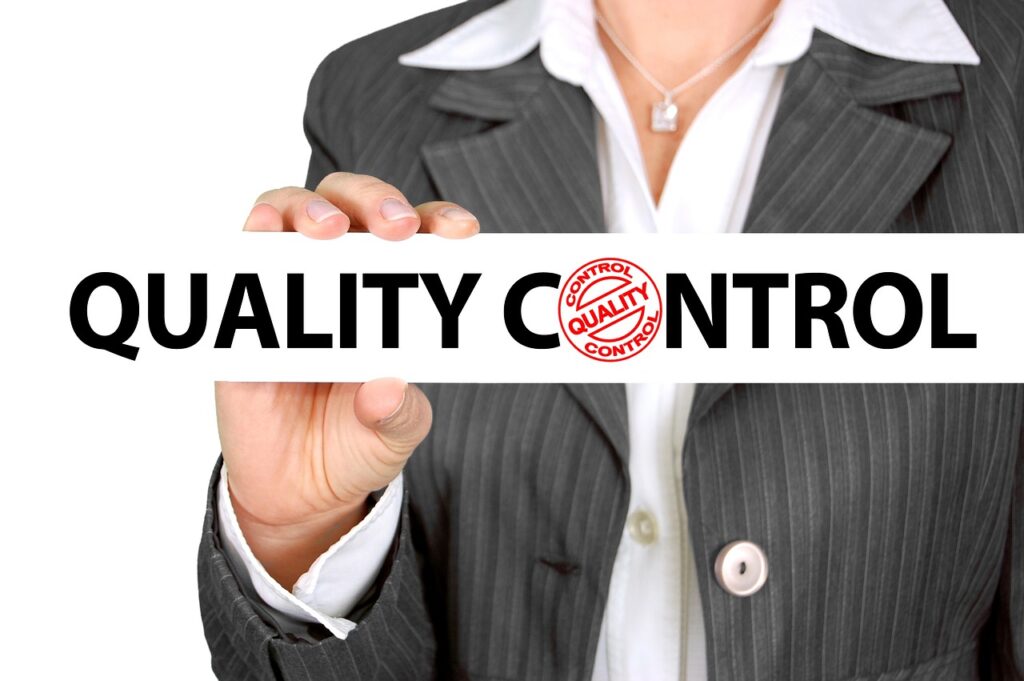
Using three key performance indicators can help you measure the quality of your patent applications. A quality patent will stand the test of new inventions, similar inventions, and time.
Patent quality is not determined by the quality of the invention
Generally, Patent quality is defined as the relative importance of a patent compared to other similar patents. It can also refer to the quality of the patent itself, including its validity, substance, and legal significance.
As such, it is important to distinguish between the actual quality of the invention and its patent quality. For example, a high quality patent might not offer much in the way of revenue if the invention has little commercial value. Similarly, a low quality patent might not be of much interest to an investor.
In the U.S., patent quality is in a state of flux. Although some improvements are being made, the state of the patent system is not particularly inspiring. In fact, there is a need for a more rigorous system for assessing the quality of a patent for a wider range of technologies.
However, the patent quality measures used by many agencies do not have enough specificity to offer useful information. Therefore, it is not surprising that the measures used to evaluate patents are often slanted towards the post-grant outcome.
As a result, improving the quality of patents can provide a number of advantages, ranging from facilitated enforcement to more efficient licensing. But how can one measure the quality of a patent?
Fortunately, there are numerous measures of patent quality available. In addition to traditional indicators like number of patent claims and patents issued, there are more nuanced measures. These measures can be discovered using patent analytics. For example, there are patent analytics software tools that help uncover subtle key performance indicators.
It is important to remember that there is no single, perfect definition of the concept of patent quality. The quality of an invention is largely a function of the technology, as well as the business goals of the holder of the patent. Similarly, the quality of a patent is a function of the search and examination processes.

A quality patent will stand the test of new inventions, similar inventions, and time
Whether you’re a company that uses patents to protect your technology or a competitor, it’s important to understand the quality of a patent. A good patent can help you withstand litigation and promote innovation. However, a bad patent can undermine the integrity of the patent system.
The United States Patent and Trademark Office (USPTO) issues patents for new inventions and technologies. These technologies are designed to improve the economy, health and safety, and jobs. The USPTO wants to increase the reliability of its patents.
In order for a patent to be valid, it must be reviewed by a court, which can involve lengthy pendencies and high costs. A re-examination of a patent is often requested by a patent holder to change a claim in light of newly discovered prior art. Only about 10 percent of patents re-examined are completely revoked.
The number of prior art citations doubled during the decade between 1991 and 2001. This is in large part because of the boom in patent applications. The number of claims also doubled. This trend indicates an increased level of complexity and quality in applications.
A group of experts can review a patent and rate its novelty, utility and obviousness. Using these criteria, they can determine whether a patent is likely to be upheld in court.
Another way to evaluate the quality of a patent is by examining its scope. A patent should not be overly broad or too narrow. Neither should its description be difficult to access or complete.
In addition, the scope of a patent should not be so narrow that it undermines its value. In other words, a patent should be able to be used by an ordinary person.
Understanding the scope of a patent application can improve its quality
Defining the scope of a patent application can help companies ensure that their investment pays off. The quality of a patent is largely determined by its content. A well-written patent is a valuable tool that provides businesses with a clear course of action for their product development efforts.
However, the scope of a patent can be difficult to measure. It depends on several factors including the technical field, the client’s budget, and the level of prior art. Nevertheless, there are some general guidelines for defining the scope of a patent.
Having a broad claim scope is important because it provides more coverage for your invention. It also makes it easier to prevent unauthorized use of your invention.
The best way to determine the scope of a patent is to read and evaluate the claims. This can involve a detailed review of the claims and an understanding of how the US and Chinese patent systems work. The patent office will consider the claims in the context of the claim’s legal language.
A good claim will contain the most important technological feature of the invention. This can be demonstrated through pictographic representations of the invention, such as graphs, block diagrams, or mechanical drawings.
A claim that is too narrow can limit infringement opportunities. This is why getting the scope of a patent right is more important than getting a patent.
An effective patent claim will be written in a simple, clear language. This will avoid losing your ideas when they are translated from one language to another.
In addition, a patent claim must incorporate the most efficient use of the patent filing process. The best way to do this is to work with a skilled patent attorney. This will increase the chances of a high-quality patent.

USPTO’s time allotments and incentives do not support its quality goals
During the last eight years, the USPTO has implemented a variety of changes to address patent quality. For example, the agency’s Enhanced Patent Quality Initiative (EPQI) includes the Clarity of the Record Pilot and the American Invents Act (AIA) trial. These actions are designed to ensure that patents issued by the USPTO are reliable and robust.
In addition, the USPTO has taken measures to improve the examination process and its IT infrastructure. These improvements have reduced the pendency of applications. The USPTO also provides additional resources to examiners. Moreover, the USPTO provides training to examiners and subsets. Lastly, the USPTO seeks input from the public.
The USPTO has received numerous complaints from stakeholders that the examination process does not provide sufficient time to thoroughly evaluate an application. According to the Government Accountability Office, 70 percent of examiners do not have enough time to complete an examination. In response, the USPTO has recently redesigned its time allotment system.
Under the new time allotment system, each examiner receives a time allocation that is tailored to the attributes of an application. These include the total number of claims, the length of the specification, and the overall scope of technology covered by the application. In addition, the time allocated to an examiner will vary from application to application. This could lead to inefficient examination procedures.
As a result, the USPTO needs to develop a strong workforce with a highly educated and talented staff. Moreover, the USPTO needs to allocate the right resources to issue high-quality patents in a timely manner. In addition, the agency needs to assess the effect of monetary incentives on the examiners’ work.
Currently, the USPTO does not have a consistent definition of what constitutes a quality patent. This may be a challenge for the agency given its workload and budget constraints.
USPTO’s proposed patent quality metrics focus on Statutory compliance and clarity of decision making

Earlier this year, the USPTO released its proposed patent quality metrics for fiscal year 2017. The metrics focus on two key areas of concern: Statutory compliance and clarity of decision making in Office actions. The metrics are designed to be useful, transparent and objective. They are part of the Enhanced Patent Quality Initiative, which is aimed at improving the quality of patents issued by the USPTO.
The Enhanced Patent Quality Initiative launched in February 2015, with the goal of improving the overall quality of patents issued by the USPTO. It included several programs, including the Quality Index Report (QIR), which identifies outlier examination processes.
In order to achieve the objectives of the Enhanced Patent Quality Initiative, the USPTO has developed new patent quality metrics for fiscal year 2017 that measure statutory compliance and clarity of decision making in Office actions. These metrics will be implemented through a newly unified patent review process. These measures are intended to increase the accuracy and transparency of patent quality measurements and reporting, as well as identify quality-related issues requiring further study.
The metrics have been assessed through an internal and external survey, which are meant to provide independent checks on the metrics. The external survey includes a questionnaire that asks applicants and practitioners to rate their perceptions of the patent process and examiners’ attitudes toward the quality of USPTO patents. The findings from this survey will serve as a foundation for the metrics.
The metrics will be used as a baseline to help guide USPTO’s strategic planning process. The metrics will be disseminated monthly through a dashboard widget. The metrics will also be used to inform Stretch Goals for the five-year Strategic Planning Period.

